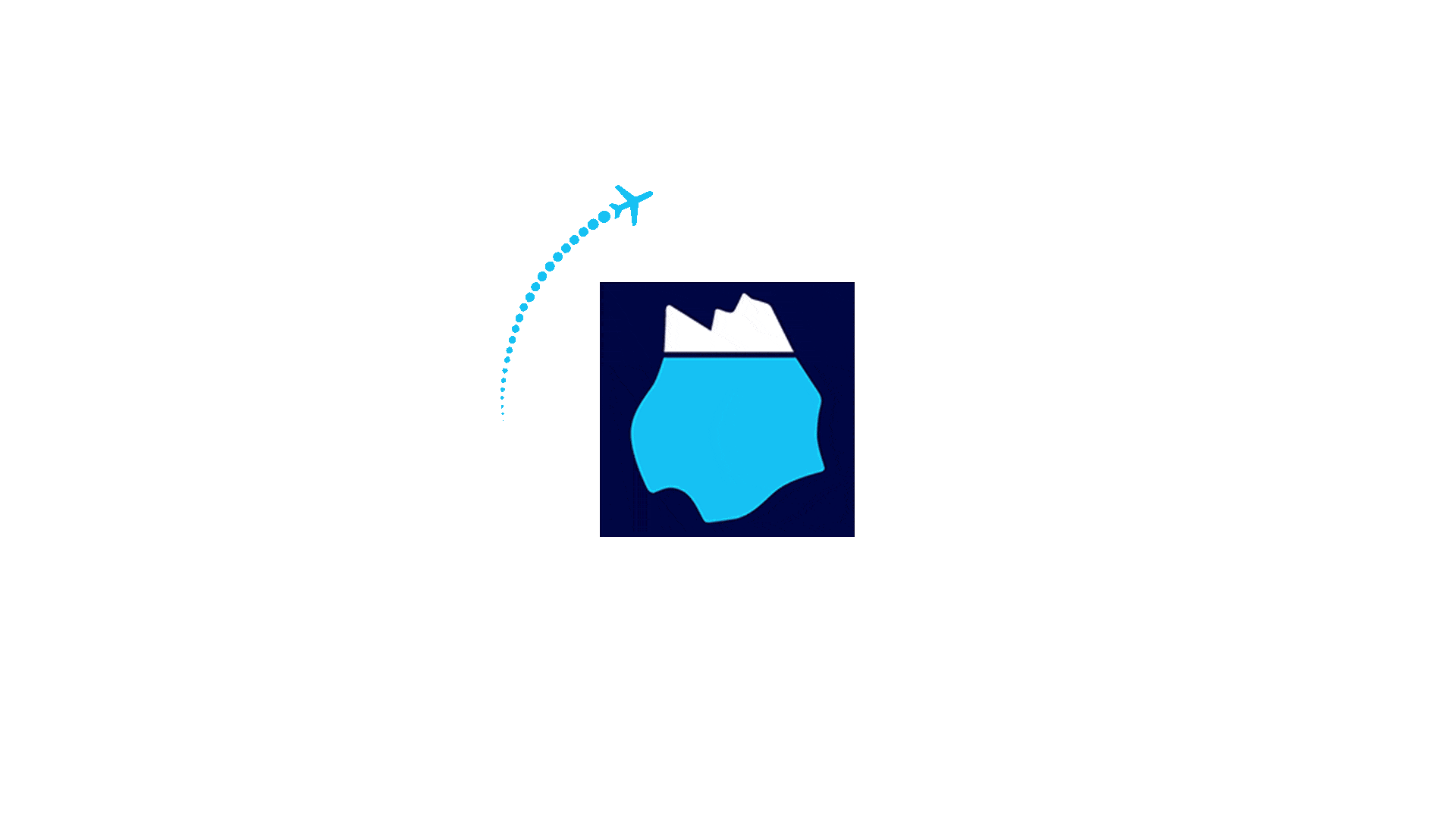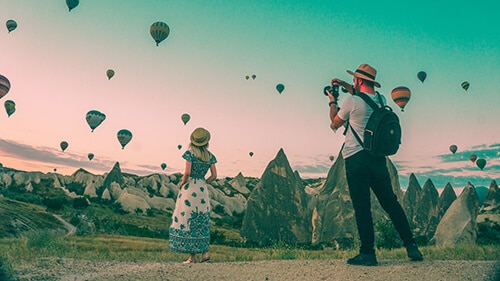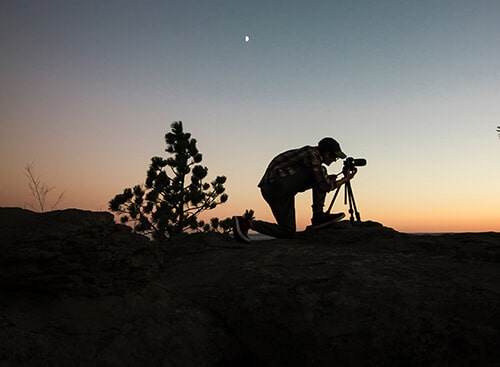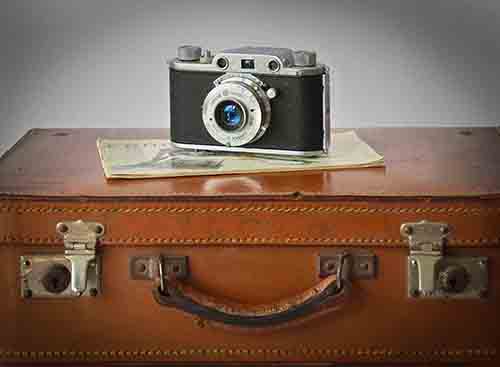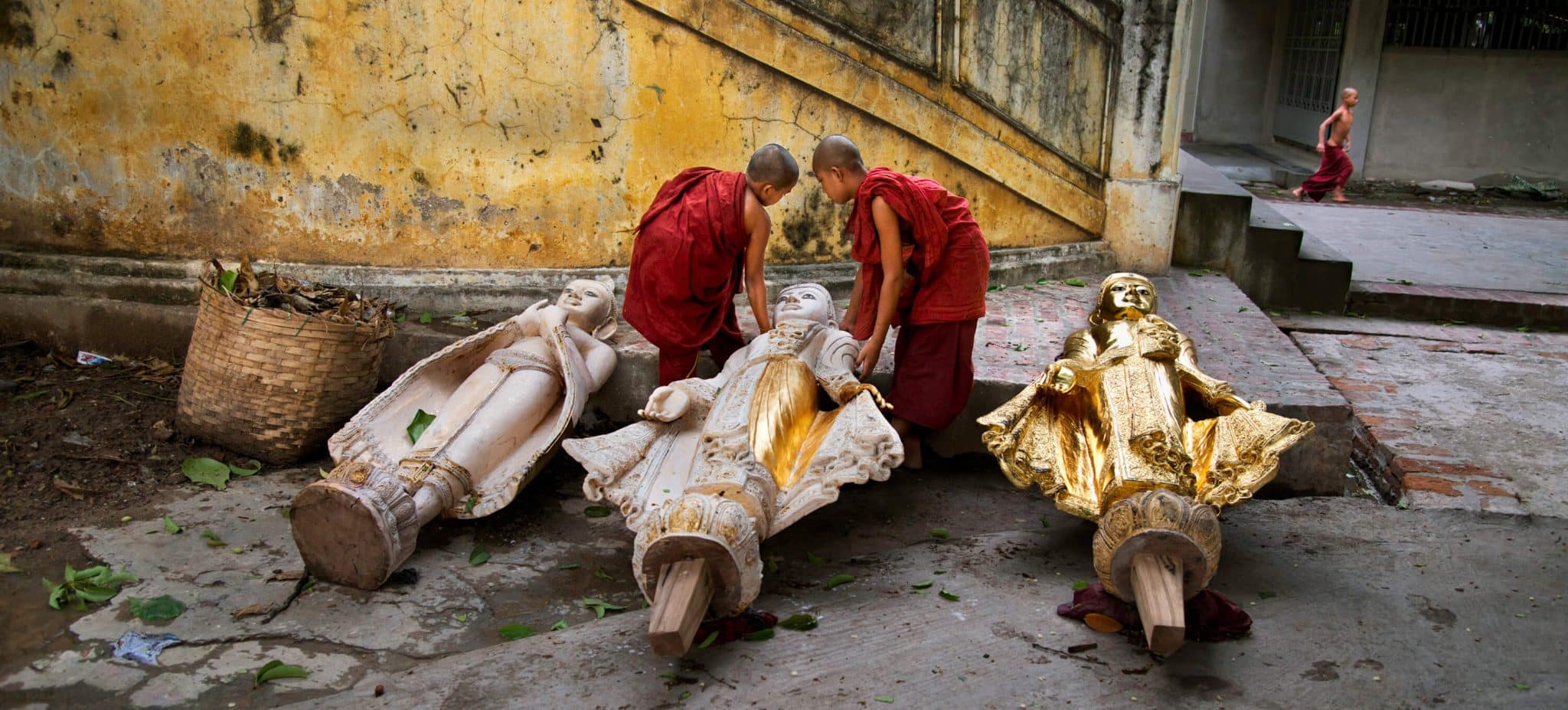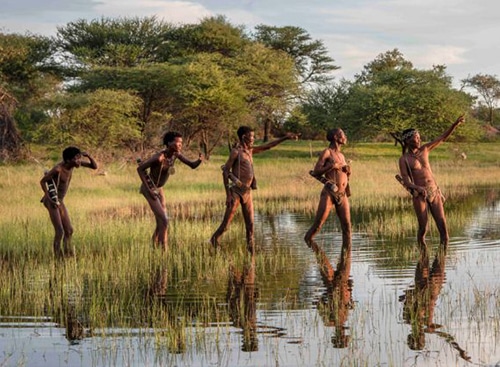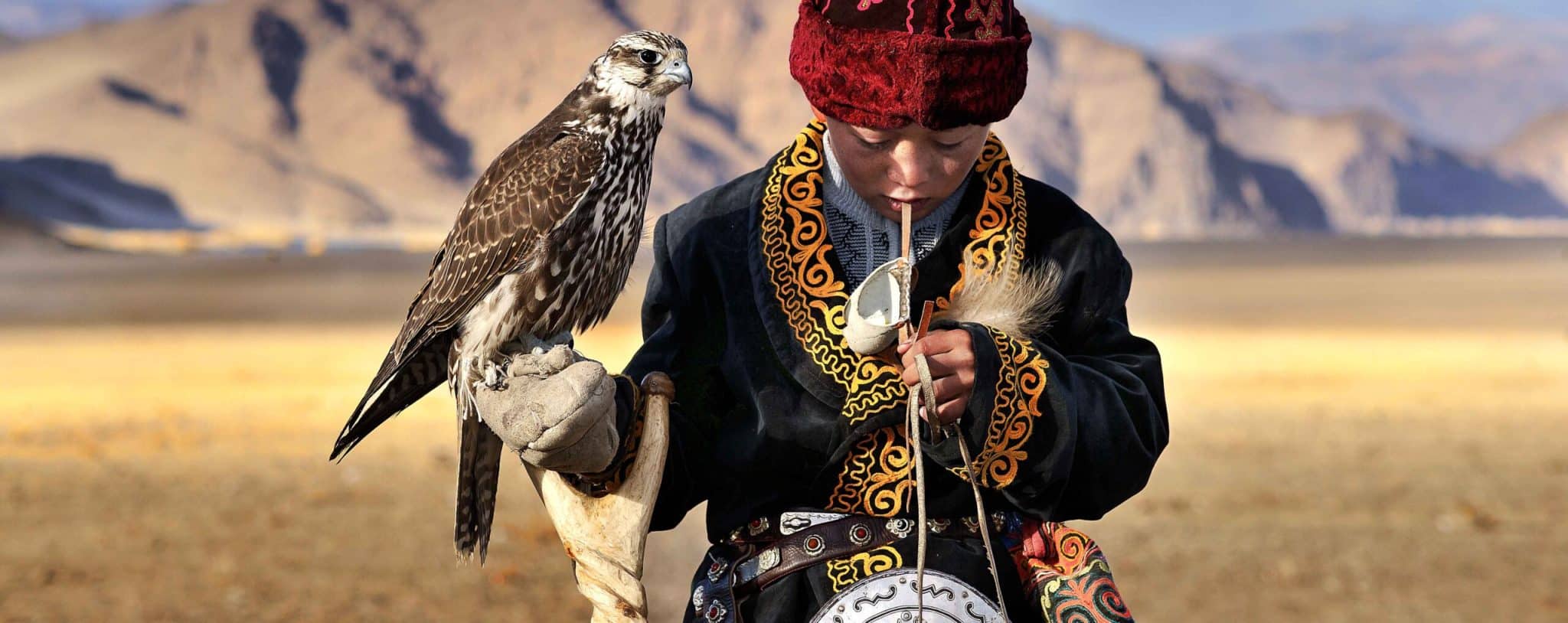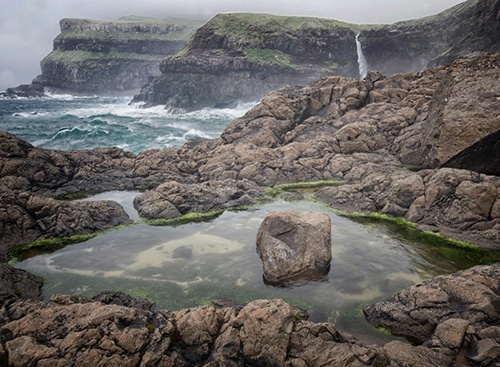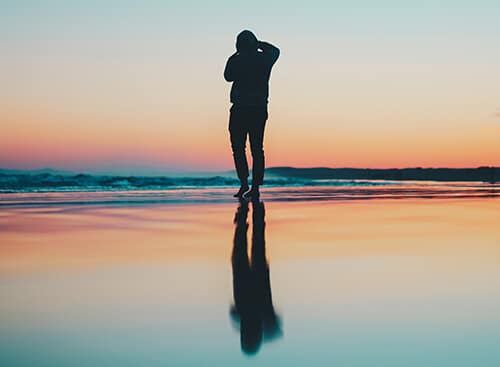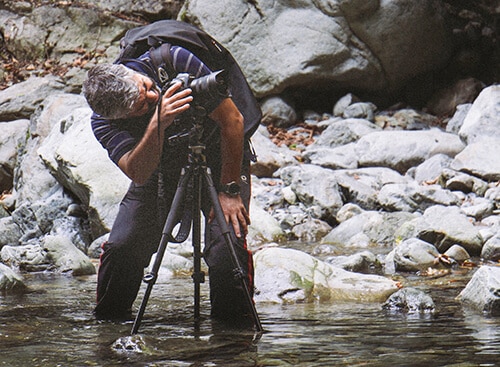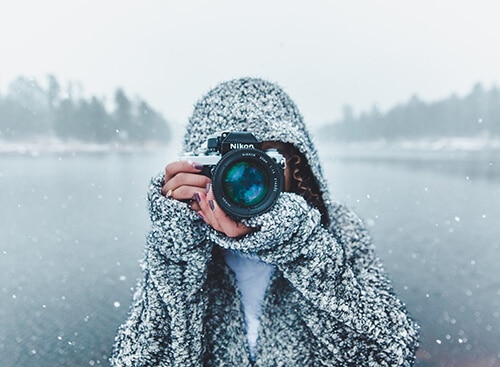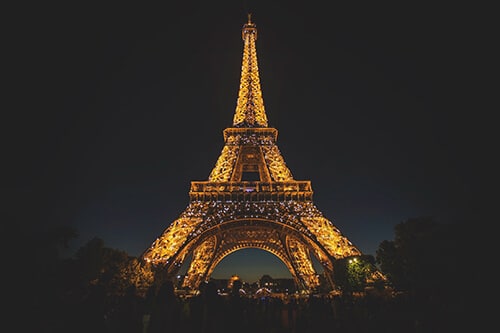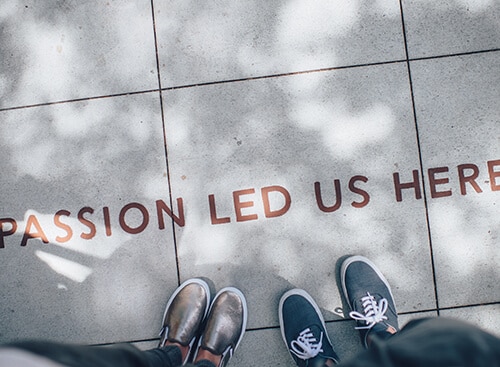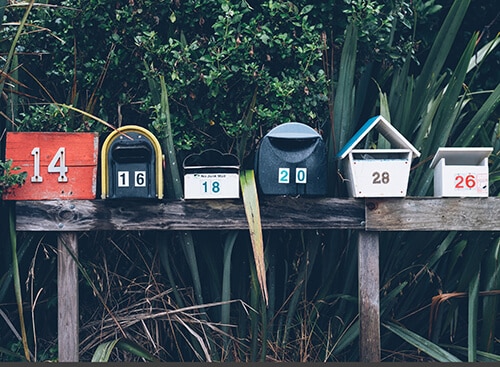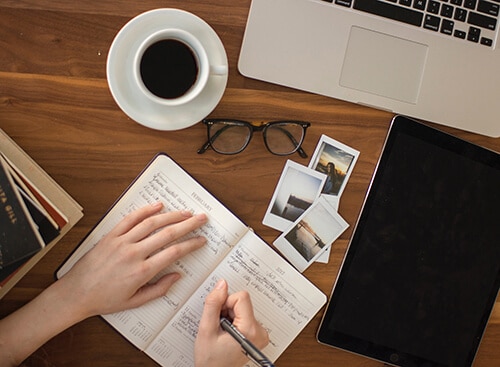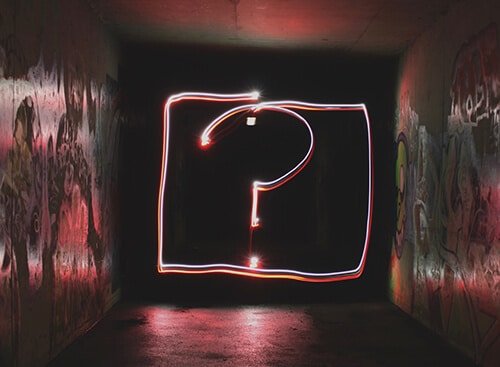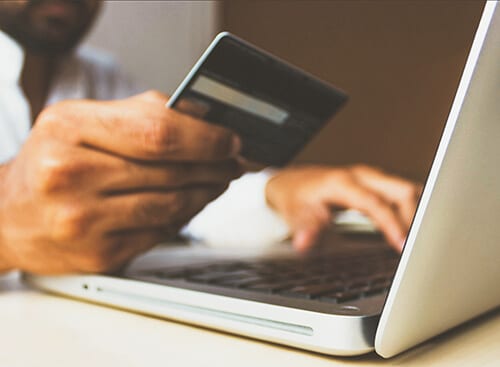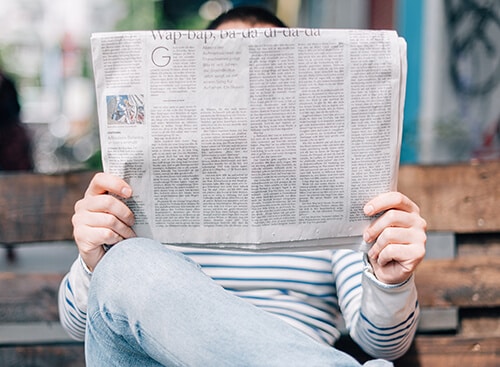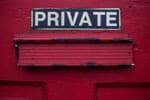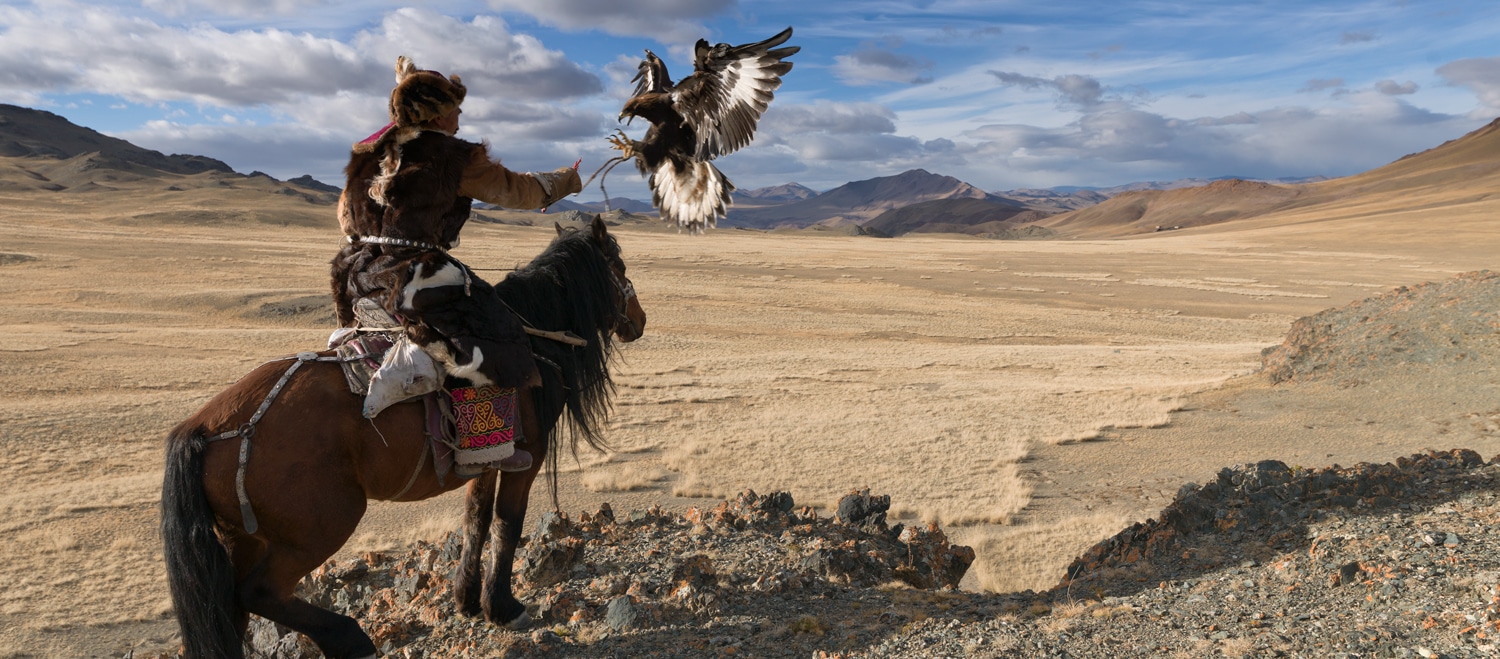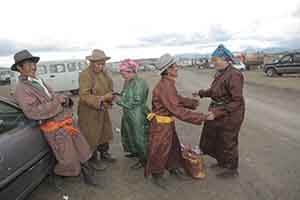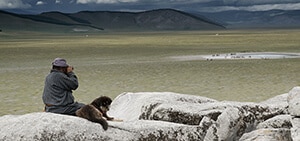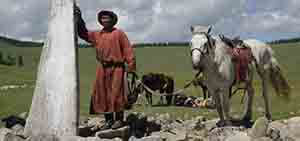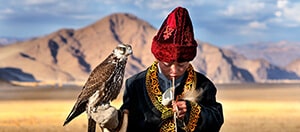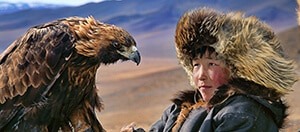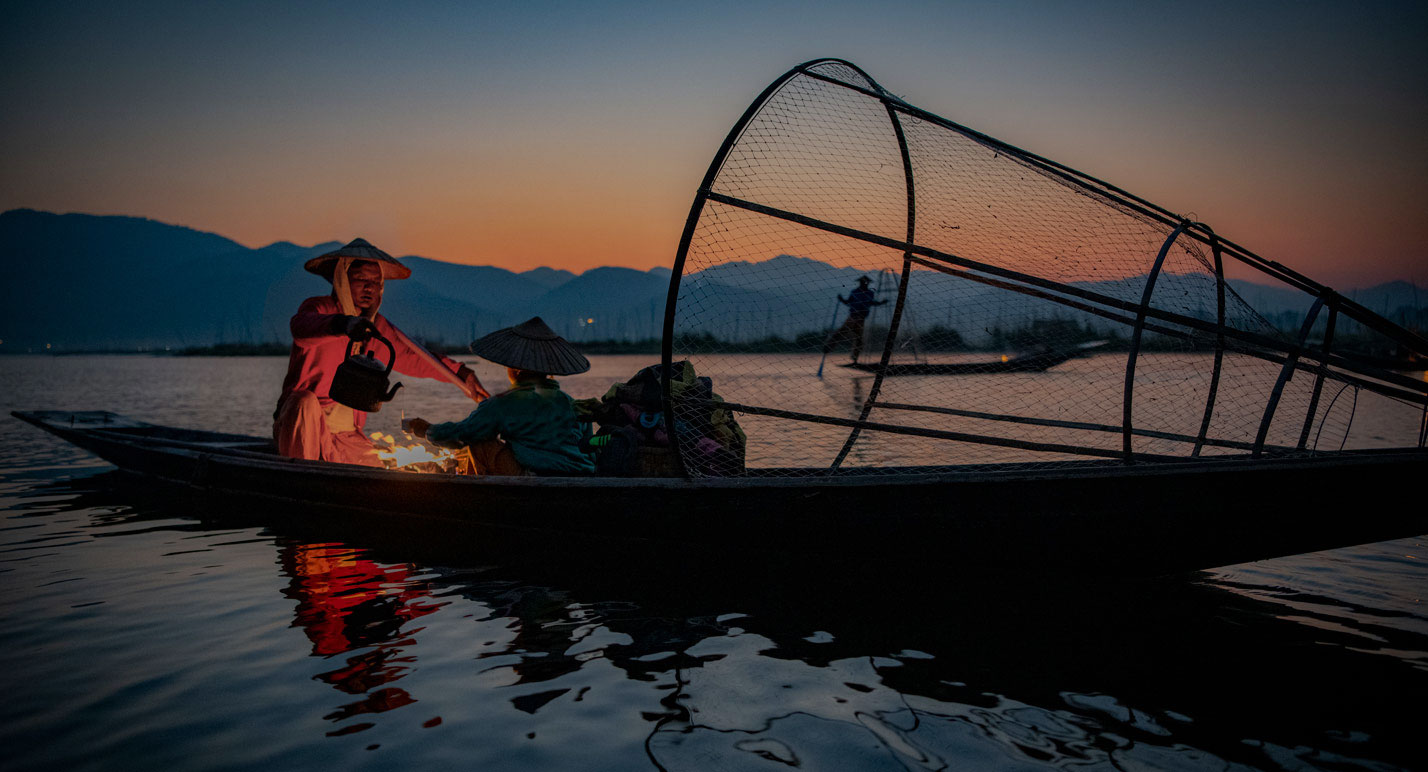- Destination:
Mongolia - Type:
Travel & Portrait, Landscape - Expert:
HAMID SARDAR - Group Size:
8-12 - Travel Dates:
September 23rd - October 2nd 2025
MONGOLIA PHOTOGRAPHY WORKSHOP TOUR
Following Hamid Sardar, Harvard scholar of Inner Asian Studies and professional photographer, we embark on a memorable journey into the culture of Kazakh eagle hunters in Mongolia’s Altai foothills. Exploration photography is not just about capturing beautiful portraits and breath-taking landscapes; it’s about uncovering the DNA of a land and its people and letting it become the guiding principle in our art.
In Kazakh culture, art and indeed memory itself, is inconceivable without this totem-like connection to the fabulous eagle that seem to tap into early layers of human consciousness and the religious experiences of the archaic hunter. For nomads who still live in the wild, survival is based on imitation of wild beasts such as the eagle. Man hunts, heals and moves through nature by emulating the intelligence of animals. This spiritual connection between man and animal will be the guiding theme of our workshop.
- Spend time with the fascinating eagle hunters, learn about their culture and witness first-hand how they capture, train and finally release the birds – whilst taking captivating photos of both hunters and eagles.
- Join a feast in a traditional Mongolian yurt.
- Discover Mongolia’s hidden gem: Khatuu Mountain.
- Witness Nadaam celebrations, Mongolia’s national festival.
- Observe archers, wrestlers, horse fiddle players and contortionists while they show their skills and capture beautiful and unique images.
- Immerse yourself in the culture of the Mongolian nomads and learn more about their everyday
life.
Highlights
Expert HAMID SARDAR
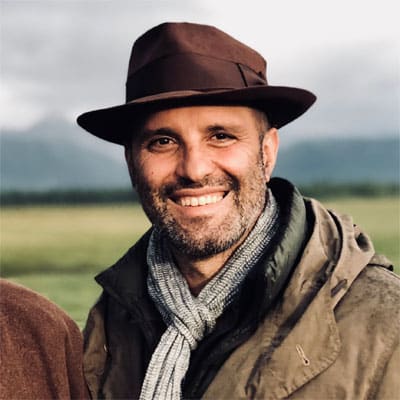
More about Hamid Sardar
Renowned photographer, documentarist and scholar, Hamid Sardar, has a Ph.d. in Inner Asian Studies from Harvard University. Hamid is therefore uniquely qualified to introduce the often reclusive and enigmatic cultures of Mongolia. His work has been featured in National Geographic, Le Figaro and Paris Match, and he has produced several internationally acclaimed documentaries about the nomads of Mongolia.
MONGOLIA WEBINAR
EXPAND WITH PASSION
On Location
- Teaching and training in the best techniques and personal hints and advice
- Composition and focus on lines, golden section, perspective, foreground
- Work in different lighting and with short/long exposure times and aperture
- How to handle equipment with care on location
- Private hands-on lessons by Hamid Sardar that can help take your photography skills to the next level
- How to approach local people in a natural way
- The secret behind the travel and reportage photography
In Classroom
- Review and constructive criticism of the images taken during the day
- Digital workflow
- How to create a narrative for a book, magazines and exhibitions
- Portfolio Review
ITINERARY
Get Inspiration
Enjoy Your 42-Page Catalog with stunning photos from Mongolia
Including Workshop intinerary, expert interview, quick tips and equipment list
TRAVEL FACTS
Thanks for choosing Better Moments for your workshop.
Facts
- September 23rd – October 2nd 2025
- 10 Days
- Number of guests: 8-12
Included
- Local transport
- Accomodation
- All meals
Not included
- Travel to and from the workshop destination
- Visa and taxes
- Alcoholic beverages
- Travel insurance

Ask Us
Do you have any questions about the workshop or would you like to go on a private customized tour? Send us an email.
Price
-
- € 7,695 in single authentic cozy yurt tent.
-
- € 6,995 in double authentic cozy yurt tent.
-
- Groups sign-up a group of 4+ participants and receive a group discount.
-
- All prices are per person.
-
- INVITE A FRIEND
Experience the joy of photography with our INVITE A FRIEND initiative! Bring a friend or a special someone along without enrolling them in our workshops and enjoy savings on the total rate, subject to availability.
- INVITE A FRIEND
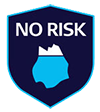
Better Moments is a member of the Travel Guarantee Fund, your guarantee that traveling with Better Moments is a safe experience.
Overview

